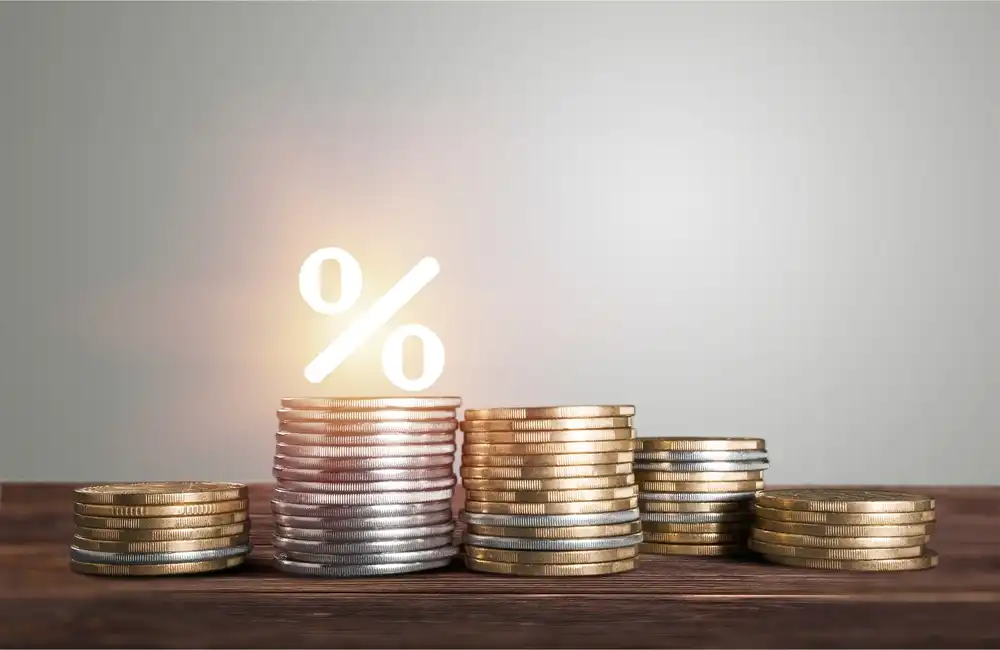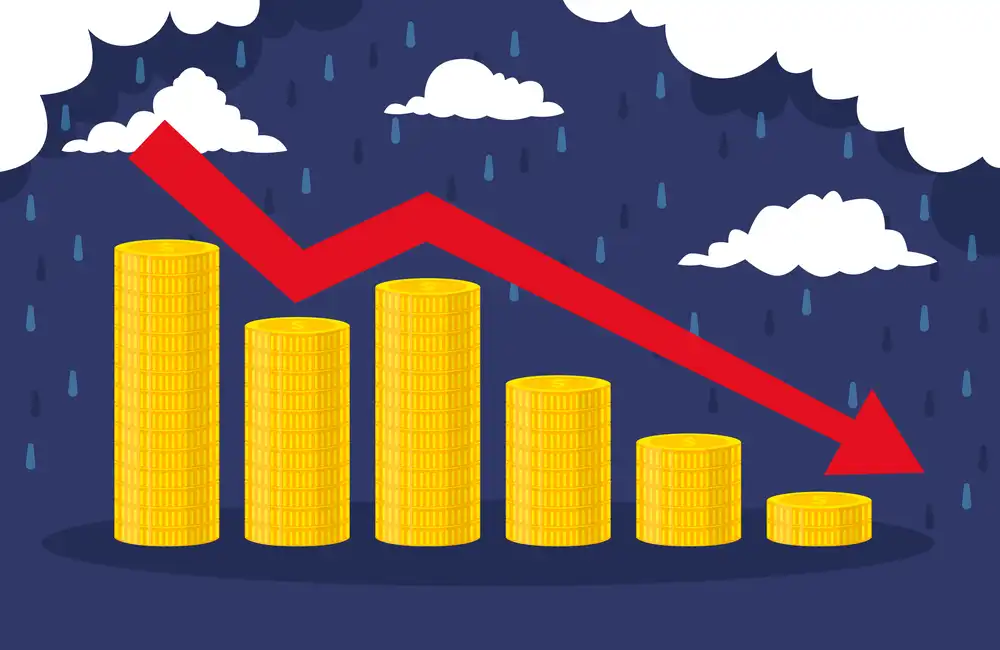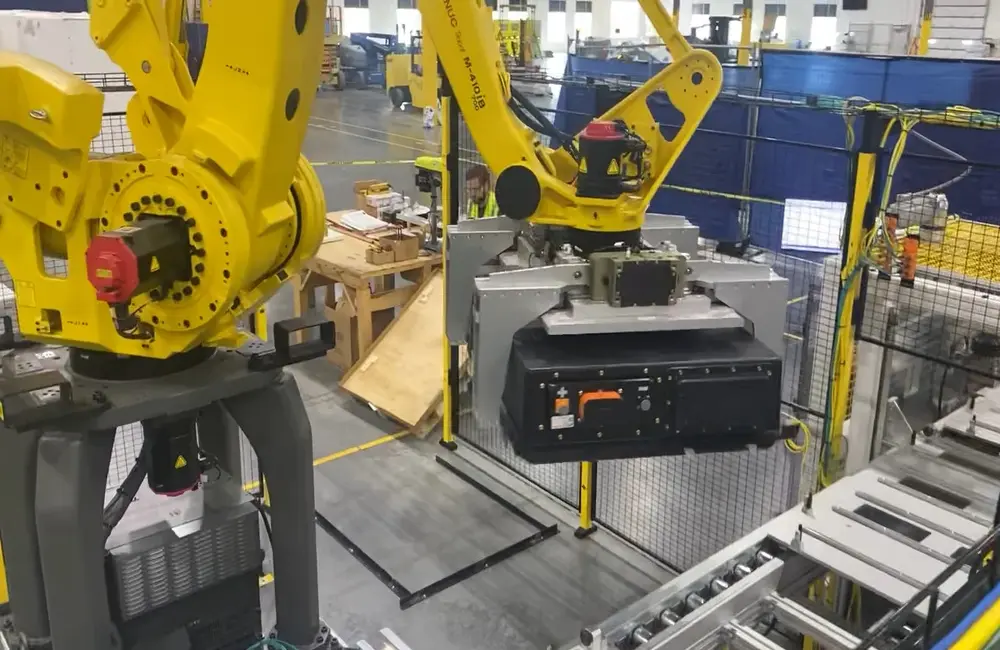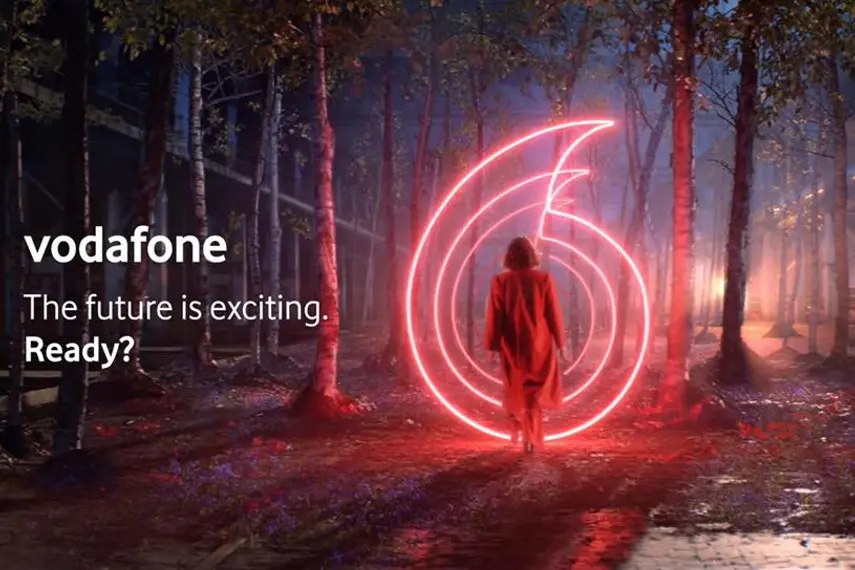Global shipping logjams and high freight rates have created a “logistics nightmare” complicating the rollout of lithium-ion battery storage systems, Enphase Energy President and Chief Executive Badri Kothandaraman said.
Yet the Petaluma, California-based company, best known for its solar panel power electronics, has weathered the backups and the markups to launch a new residential energy storage business during a global pandemic. That was up as much as 53% per quarter in shipments of its battery storage bundle, which surged to around 100 MWh in the last three months of 2021.
Enphase anticipates even higher battery system shipments of 110 to 120 MWh in Q2 2022 but says port congestion has resulted in long lead times for customers and they will introduce a modest price increase next month.
“It’s hard, but the challenges are true for everybody,” Kothandaraman said in a Feb. 8 interview after the company released its fourth-quarter 2021 earnings. “There’s nothing specific to Enphase about the logistics challenge that we have today.
Companies involved in renewable energy, energy storage and electric vehicles like AES Clean Energy Development and Tesla have also identified the delivery backlog as a significant limitation.
Such challenges are arising as homeowners and businesses turn increasingly to battery storage to supply electricity when the grid fails, as during increasingly common wildfires in the western US. Grid operators such as the California ISO and the Electric Reliability Council of Texas are also looking for fast-response resources to help transmission systems weather heat waves and cold snaps.
“You can’t ship batteries through the air … It won’t make economic sense,” Kothandaraman said. “And if it has to be on a boat, well then that is a logistics nightmare. We've got a problem. That’s why we’re 14 to 16 weeks on batteries.”
'Laser-focused' on costs
But Enphase has had some supply-chain headaches ease up, such as availability of semiconductors and battery cells.
“But that doesn’t mean that they are giving us price reductions,” the CEO said. “On the contrary, we have pricing going up from our vendors because of inflation.
The company is “laser focused” on taking out cost where it can, but the increases have gotten to a point where Enphase is forced to pass on some of the cost to installers, and eventually to end consumers, he said.
“I don’t think it’s going to create any issue with demand because … everybody is going to do this,” Kothandaraman said. “There’s no choice right now.”
Enphase did, however, still trim analysts' profit estimates, reporting fourth-quarter 2021 adjusted net earnings of 73 cents per share on Feb. 8 -- almost 24% higher than the S&P Capital IQ consensus. The company recorded quarterly revenue of $412.7 million in the period, a record that represented roughly a 56% increase from the year-ago quarter. It forecasts first-quarter revenues of between $420 million to $440 million.
Analysts at Roth Capital Partners in a note to clients on Feb. 9 said they expect further strength from Enphase, given strong demand for its products in the US and Europe. “An upside earnings revisions cycle should propel the stock forward, with better-than-expected volumes and strong storage pricing providing a margin underpinning,” the analysts said.
Supply-chain pressures, trade uncertainties, and a potential significant reduction in payments for generating rooftop solar power in California have sent shares in Enphase and other residential solar companies tumbling. Enphase’s Nasdaq-listed stock was down about 21% so far in 2022 through Feb. 8.
Initial architecture for virtual power stations
Enphase is expanding into new lines of business, and using its battery operation and software knowledge to work with utilities and third-party aggregators to provide grid services from groups of distributed homes.
Often described as virtual power plants, such aggregations are gaining momentum on the implementation of the Federal Energy Regulatory Commission’s landmark order in September 2020 to usher competition with behind-the-meter resources into wholesale power markets.
At this point, the business is still niche, as utilities and grid operators, plus technology hardware and software suppliers, experiment with a new way to provide power system reliability by integrating thousands of remotely controlled small-scale resources. But by offering grid services to utilities, Enphase is helping itself to use more of its battery business, as well as the EV charging company called ClipperCreek that it acquired this summer, said Kothandaraman.
Enphase will partner with ClipperCreek to bring bi-directional charging to the outset, allowing for vehicle-to-home and vehicle-to-grid applications.
“It’s a long-term play, because a lot of the utilities... are just dabbling in grid services right now,” the CEO said about virtual power plants.
Ultimately, though, he says the approach will help replace natural gas-fired peaker plants while saving money.
“Utilities must realize that politically, and they must realize that practically,” Kothandaraman said.





















